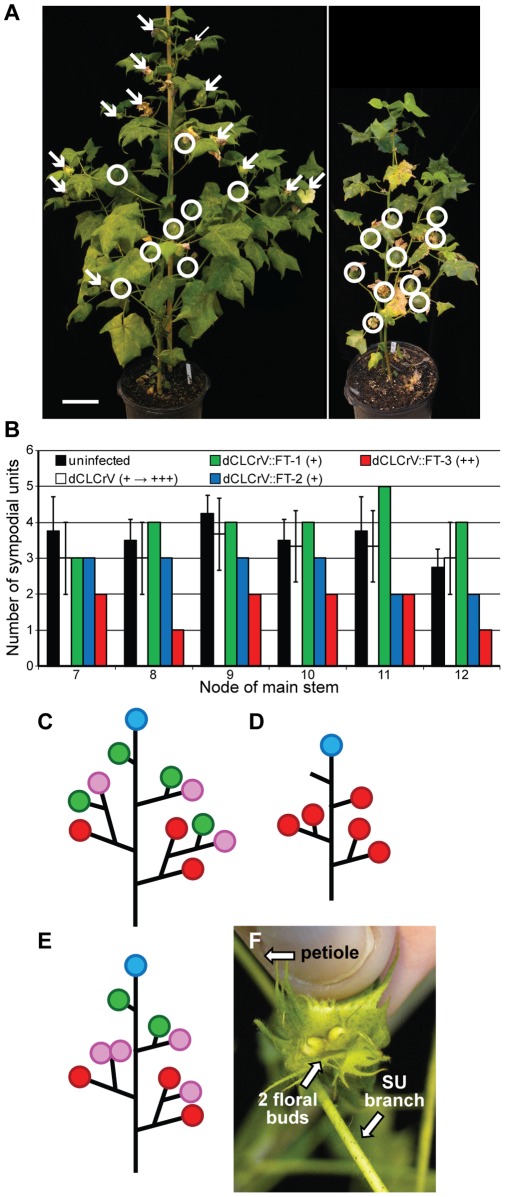Figure 4. FT promotes determinate growth and synchronizes flowering.
(A) dCLCrV::FT-infected DP61 plants exhibit a more compact growth habit. Shown are dCLCrV-infected (i.e., empty virus) and dCLCrV::FT-infected DP61 plants (left and right, respectively; both plants are 87 dpg and were grown at the same time in the same greenhouse). White circles highlight maturing bolls and arrows point to flowers before or in bloom. Note that the dCLCrV::FT-infected plant has only maturing bolls and no immature flowers. Scale bar is 25 cm. (B) dCLCrV::FT-infected plants demonstrate more determinate growth. Shown are the mean number of sympodial units along fruiting branches among untransfected plants (n = 4, black bar), dCLCrV-infected plants (n = 3, white bar), and three dCLCrV::FT-infected plants represented individually (green, blue and red bars) to show the range of variation; dCLCrV::FT-3 is the plant shown in (A). The severity of viral infection was scored as mild (+) or stronger (++) based on leaf crumpling. (C, D, E) Schematic representations of growth patterns observed among ∼90 d-old plants: (C) Uninfected and dCLCrV-infected DP61; (D) dCLCrV::FT infected DP61, (E) dCLCrV::FT infected TX701. Red circles represent maturing bolls; magenta circles represent immature or blooming flowers; green circles represent active buds reiterating sympodial growth; blue circles represent the monopodial bud of the main stem; and branches without a circle represent buds that have terminated without a flower or a fruit. Leaves are not represented, and the number of branches and internode lengths are not to scale. (F) Representative floral cluster (two floral buds inside a common bract whorl) terminating a fruiting branch on a dCLCrV::FT-infected TX701 plant. “SU branch” is the internode of the terminal sympodial unit; “petiole” is the petiole of the leaf subtending the floral cluster. No other vegetative growth is evident.

